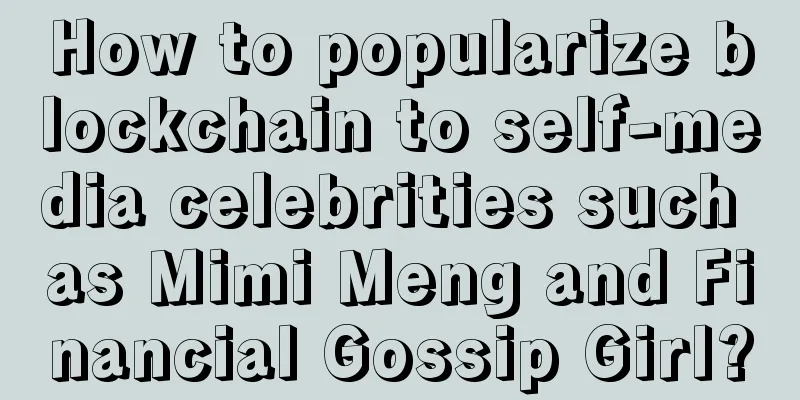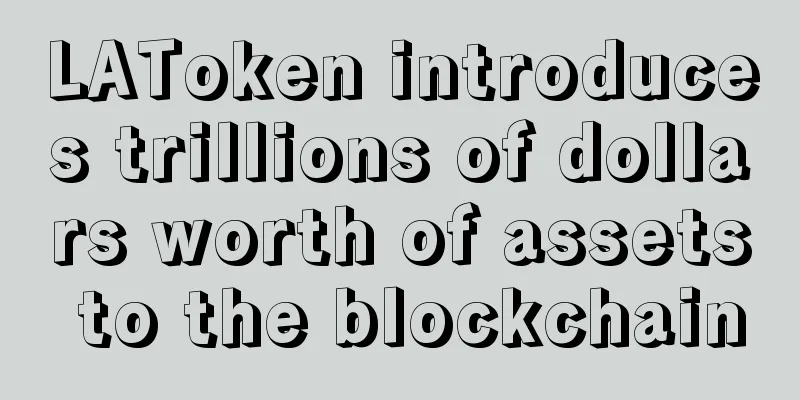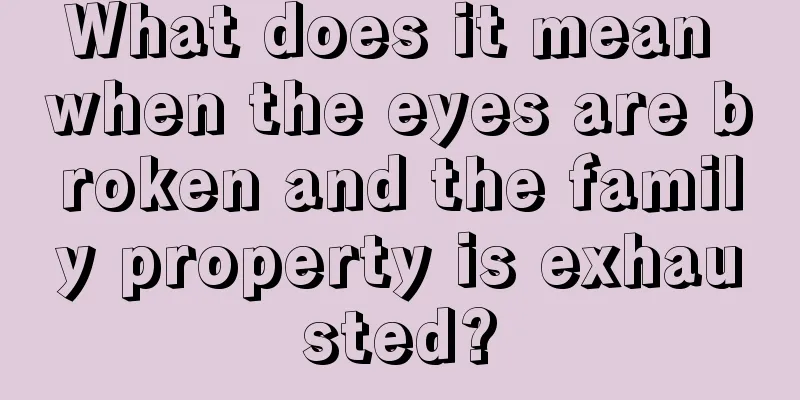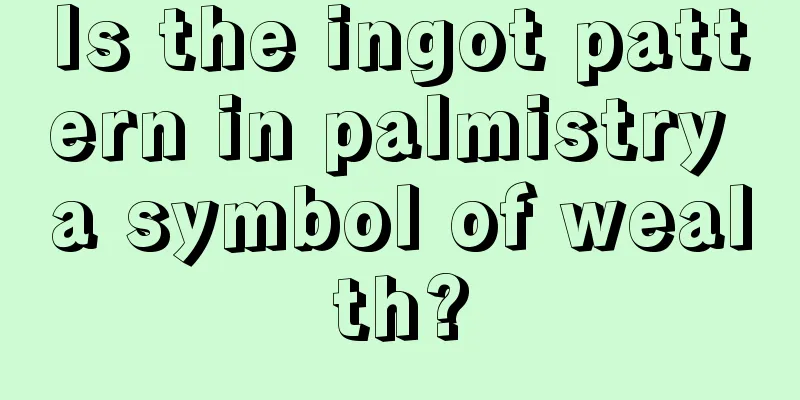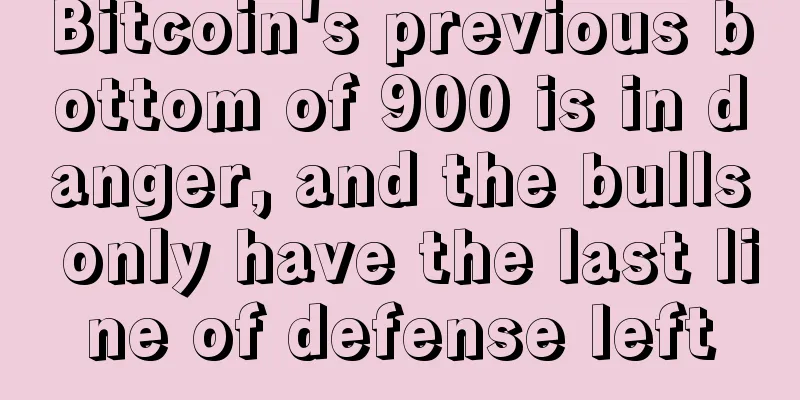Qtum Chain Completes the First Smart Contract Platform for Bitcoin UTXO Model
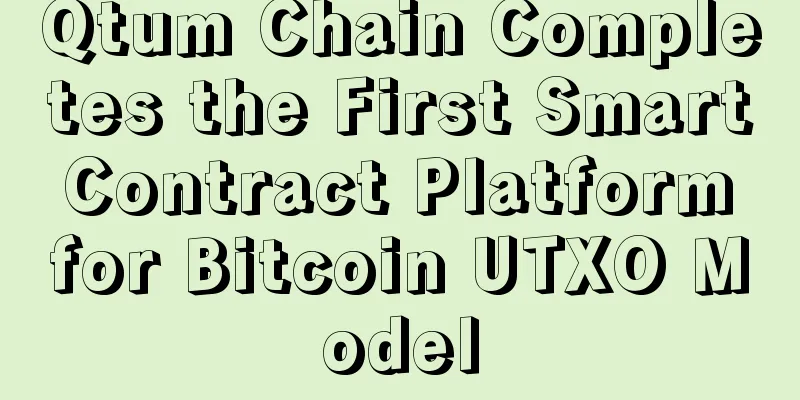
|
Recently, the Qtum Foundation released a development summary and progress, and completed the first POS smart contract platform based on the Bitcoin UTXO model. It has also become the second blockchain platform after Ethereum that fully supports Turing-complete smart contracts. Qtum Chain is based on the classic Proof of Stake mechanism as its consensus mechanism, which is different from the Proof of Work mechanism of Bitcoin and Ethereum. It is the first smart contract platform under the POS mechanism in the entire blockchain industry, and it is also the first smart contract platform to support the Bitcoin ecosystem through EVM. Let's take a look at the development details and progress: Completed development milestones:1- The Qtum Chain model design has been completed In the process of designing the Qtum chain, the first challenge we faced was to create a Qtum chain model that is compatible with the Ethereum virtual machine and the Bitcoin UTX transmission model. Considering that the native Ethereum virtual machine uses a state database, we must expand the functionality of the Ethereum virtual machine to support the UTXO transaction model. 2- Qtum: The first smart contract based on the UTXO model has been completed and passed the test. The development of Qtum is based on the Bitcoin Core code (version 0.13) and the Ethereum Virtual Machine cpp-ethereum. We integrated the Ethereum Virtual Machine code and dependencies with the Bitcoin Core code, and added the creation of Qtum smart contracts, contract funding, and the call of Bitcoin scripts to the Qtum model. In addition, we also added the UTXO transaction model to the Qtum virtual machine. Other development work has also been completed, such as the Quantum Chain Gas model, Quantum Chain virtual machine, Coin Picking algorithm, etc. 3-The core proof-of-stake consensus mechanism has been completed and is in the code review stage. We have now deployed a number of POS nodes, ported the Proof of Stake consensus mechanism (PoS 3.0) algorithm to Bitcoin Core version V0.13, and completed the final testing. This part of the code is currently in the review stage. What are the subsequent development plans?1- Qtum Wallet We have started to develop a new PC desktop and mobile version of the Qtum wallet application. For the desktop wallet, in addition to providing traditional wallet functions, we are developing a more flexible and user-friendly wallet application. The Qtum wallet will also support the execution of smart contracts and some new innovative features. 2- Integration with Proof of Stake Consensus Mechanism Regarding the consensus mechanism of the quantum chain, we are currently integrating Qtum's virtual machine and the equity consensus mechanism. After this stage is completed, Qtum's first test network will be released. 3- Testing before the launch of Qtum We have now entered the comprehensive testing phase of the Quantum Chain. In addition to automated and manual testing of Bitcoin and Ethereum virtual machines, we have also developed a test script tool specifically for the Quantum Chain. After completing internal testing, we will invite well-known software developers and institutions to review and test the source code. 4- Release the first test version of Qtum: Sparknet test network (testnet) Once the Qtum prototype has been tested internally and externally, we will release a test version called Sparknet, which will be the final version before the official release. Finally, the Quantum Chain Foundation wishes everyone a happy new year! |
<<: BBVA: Blockchain regulation shouldn’t stop at Bitcoin
Recommend
What does a girl who doesn't like to clean the house look like?
Everyone has his or her own way of dealing with p...
How to observe other people's faces
How to observe other people's faces Everyone ...
Fate Line Diagram_ Palmistry Analysis
There are more or less lines on our palms, and ma...
What are black moles and red moles?
What are black moles and red moles? Statement: Th...
What does a false palm on both hands mean?
In many places, it is believed that people with f...
Zhuge's fourth fortune: the middle fortune is ninety-two
Fortune telling by drawing lots is a tradition pr...
Analysis: What does the six palaces of physiognomy mean?
Physiognomy is one of the traditional physiognomy...
VeryHash won the "Best Computing Power Trading Platform of the Year Award" at the BEYOND-2020 Blockchain Industry Conference
From November 23rd to 24th, the "BEYOND-2020...
How to predict the first child from bottom to top based on the children line in palmistry!
How to interpret the children line diagram in pal...
What is a treacherous gate? What does a mole or depression on the treacherous gate indicate?
The "Jianmen" (Jianmen), also known as ...
Will mining difficulty drop further? 5 things to watch for Bitcoin this week
Bitcoin may have just experienced its biggest dif...
Can Bitcoin mining in Iran pay back in one month? Only if you survive can you get it back!
On October 26, Bao Erye claimed on his Weibo that...
How to know your fortune by palmistry and face reading
We all know that a person's fortune in life c...
Palmistry characteristics of becoming a credit card slave
Now as credit cards are becoming more and more po...
What kind of face means nothing in life
Some people can achieve something in their lives,...


